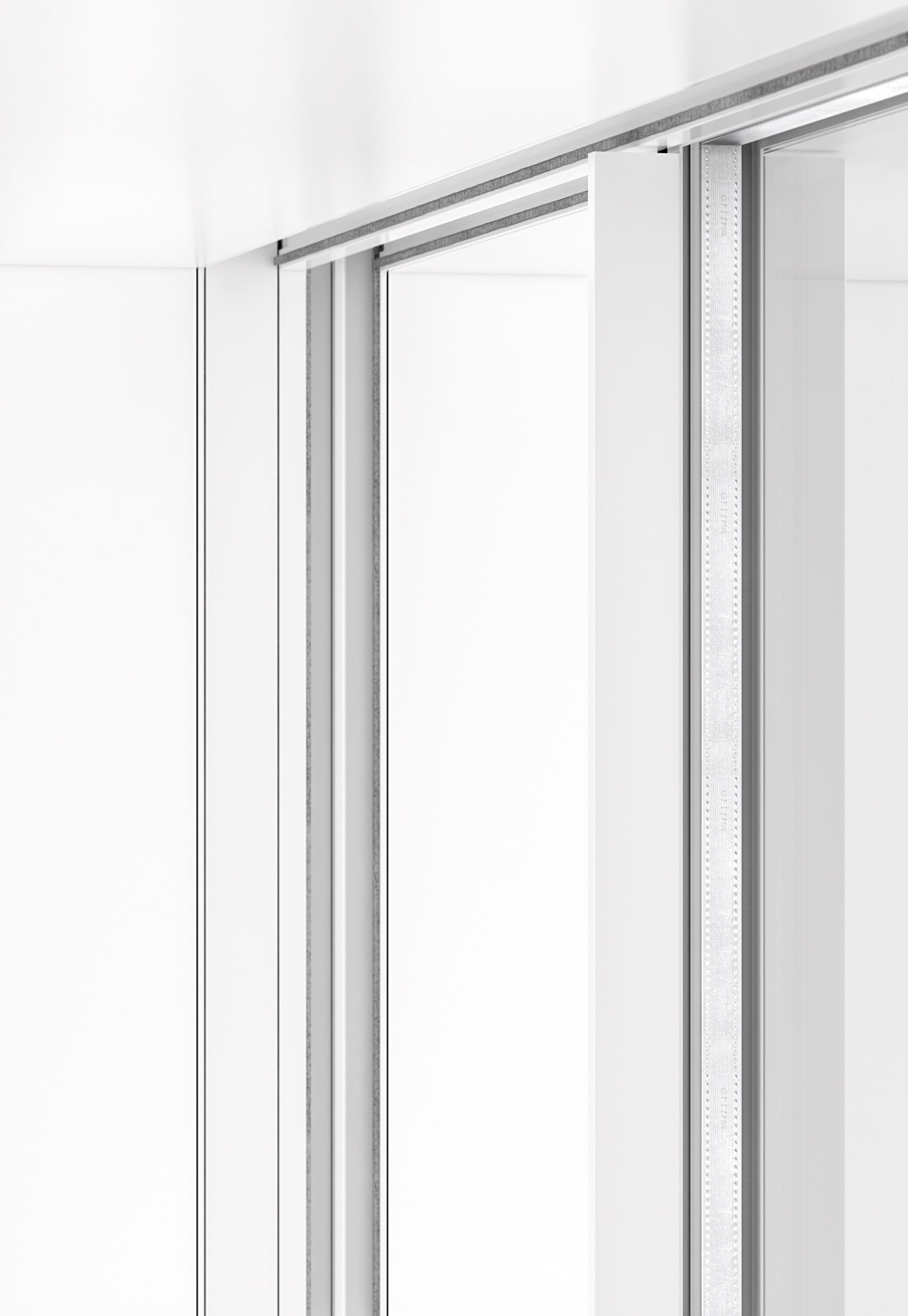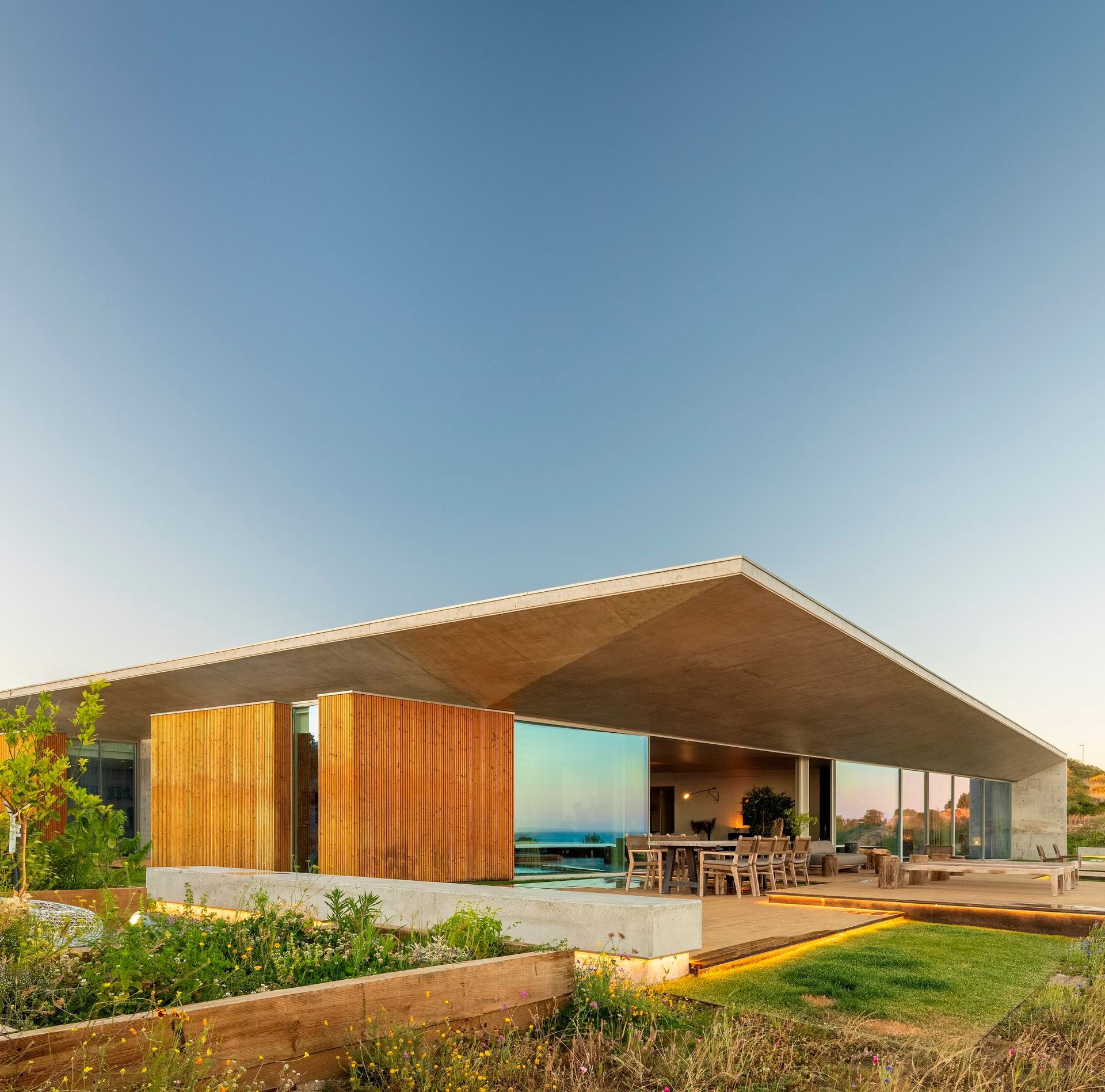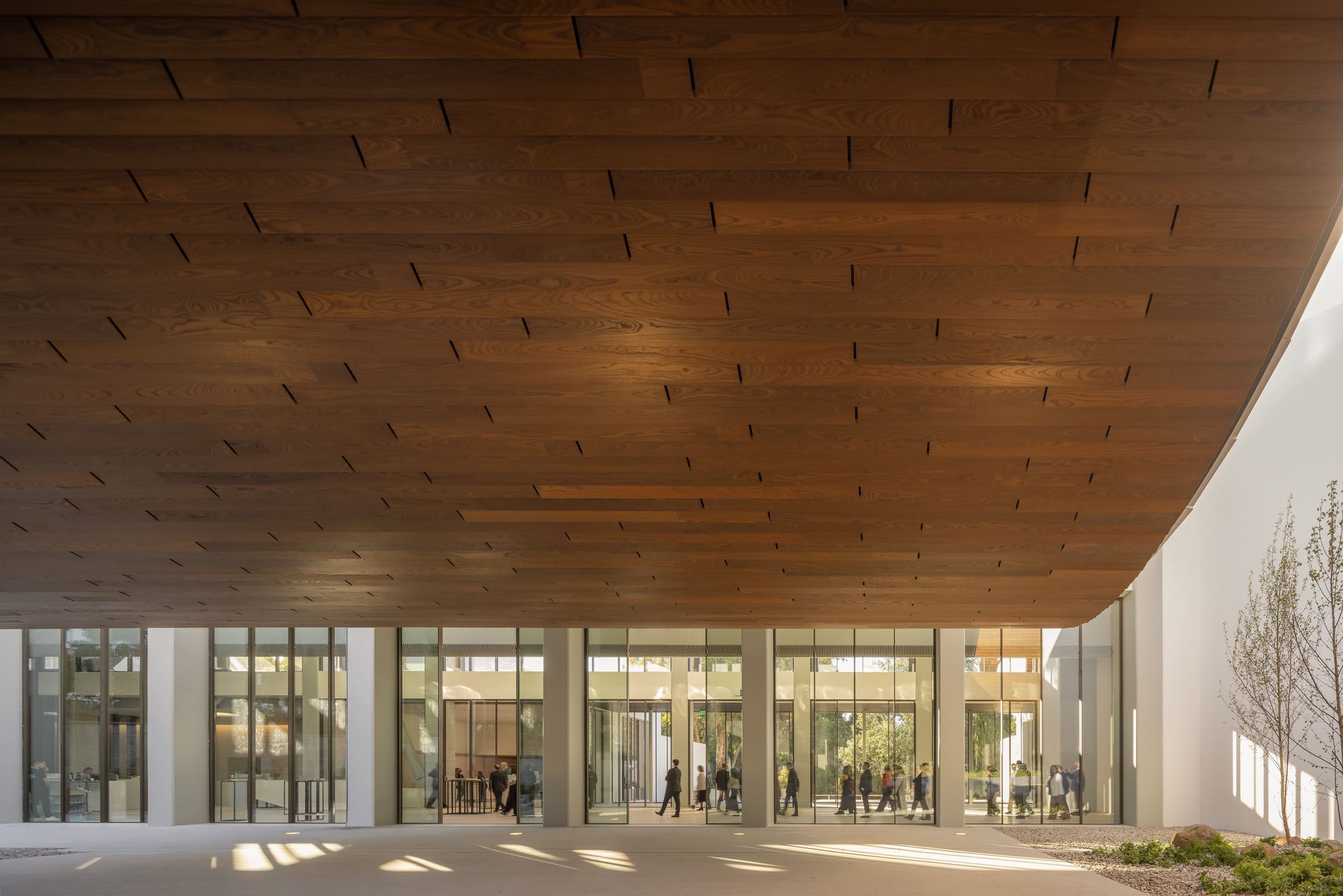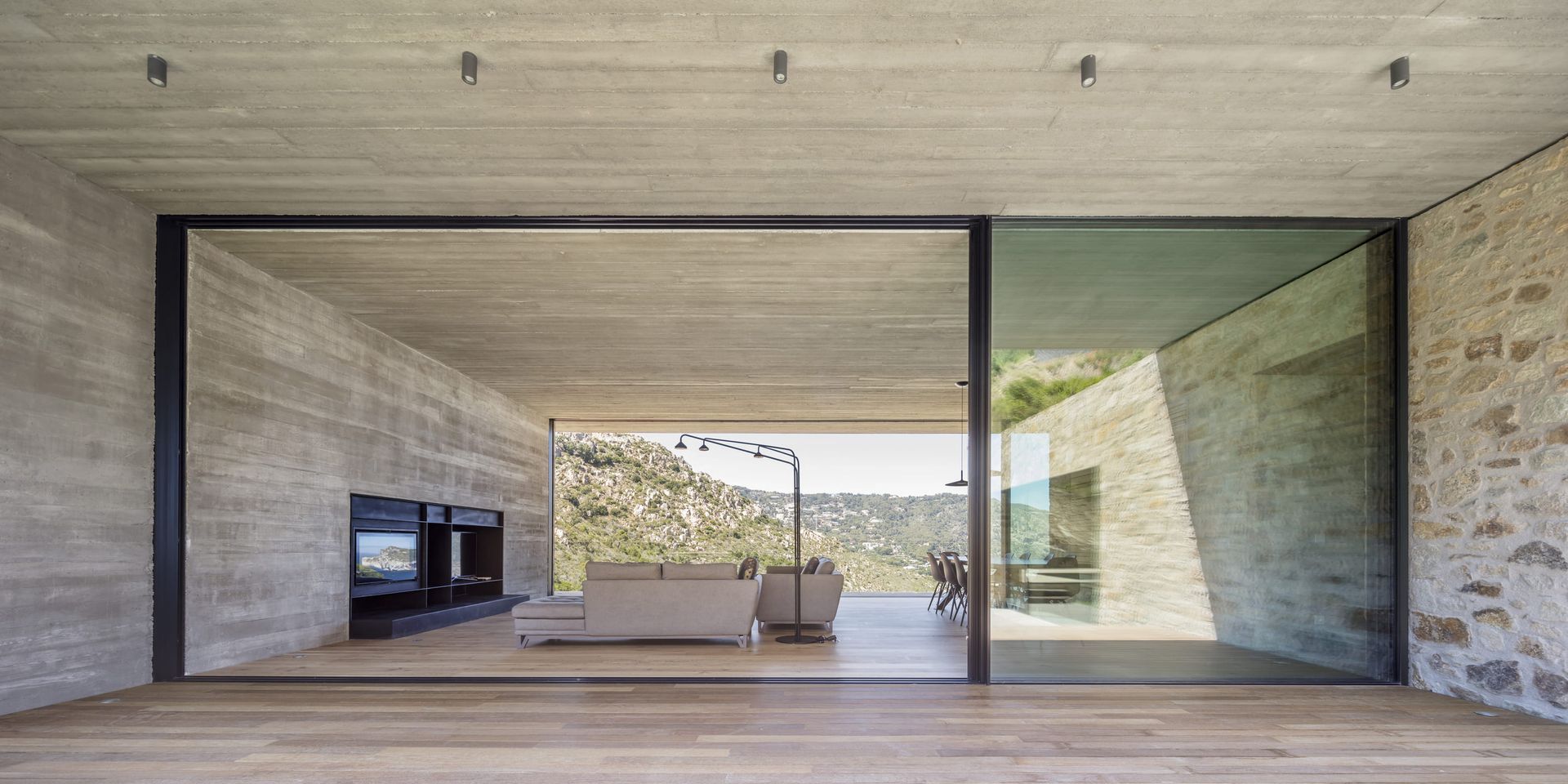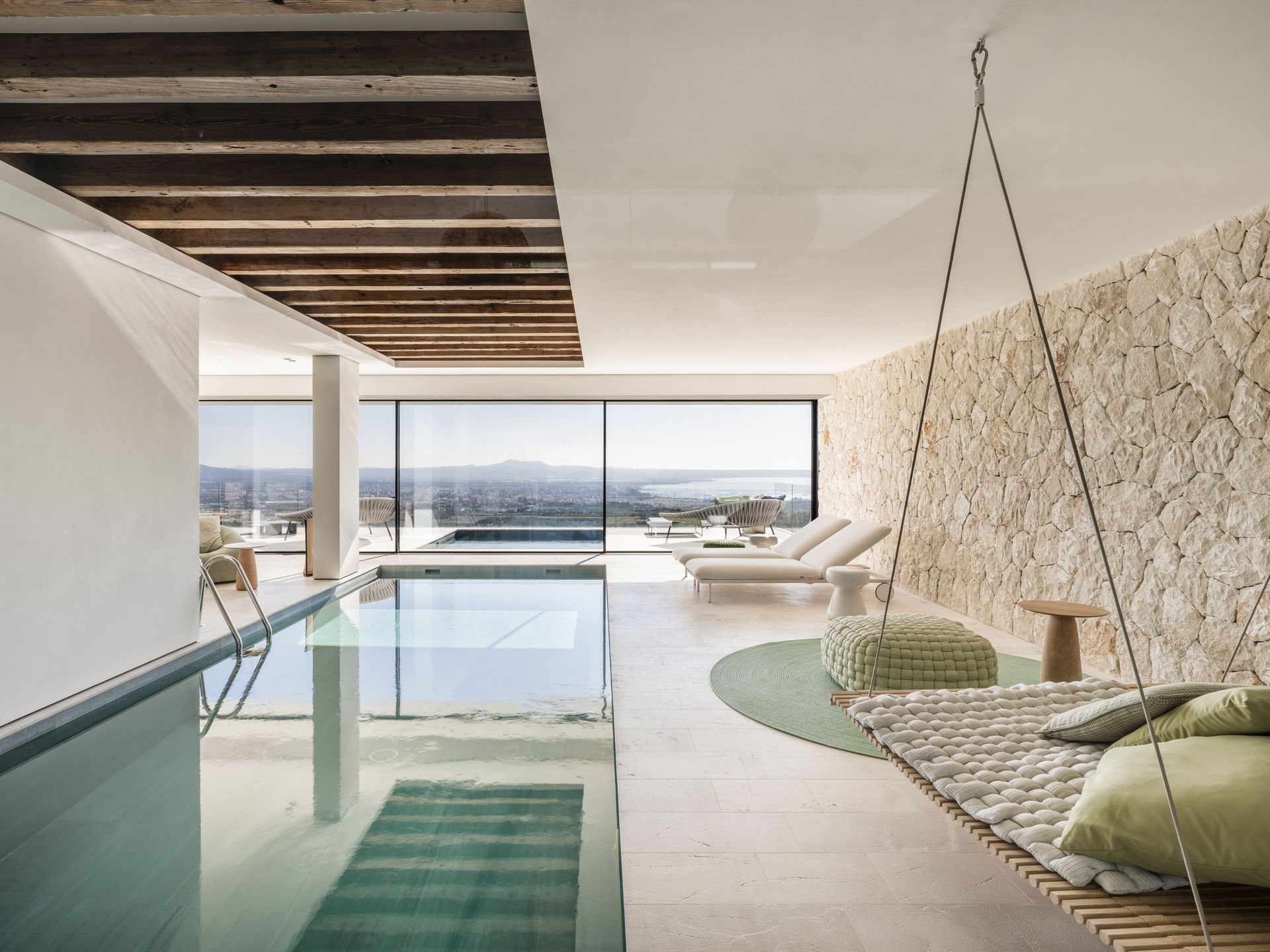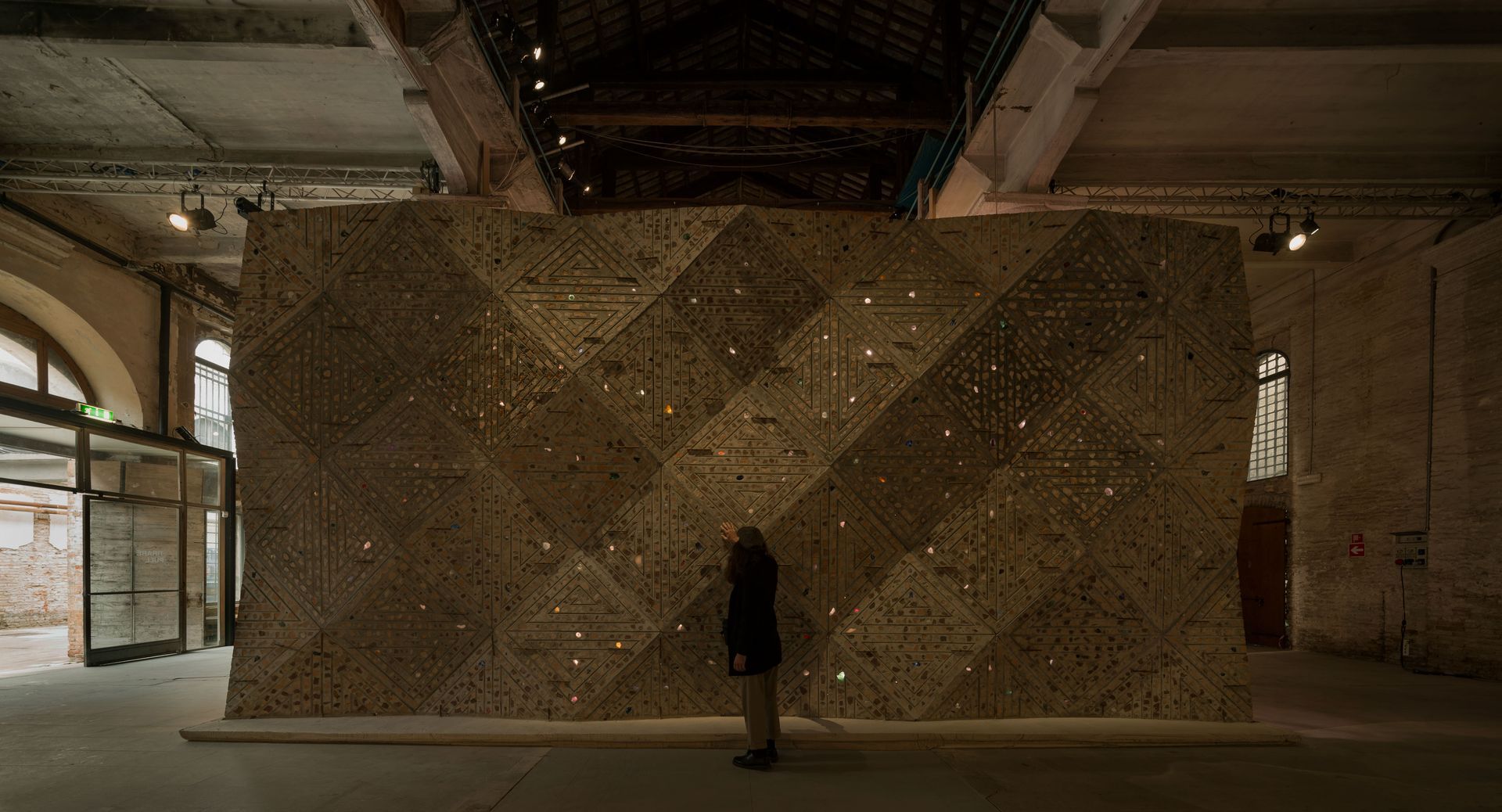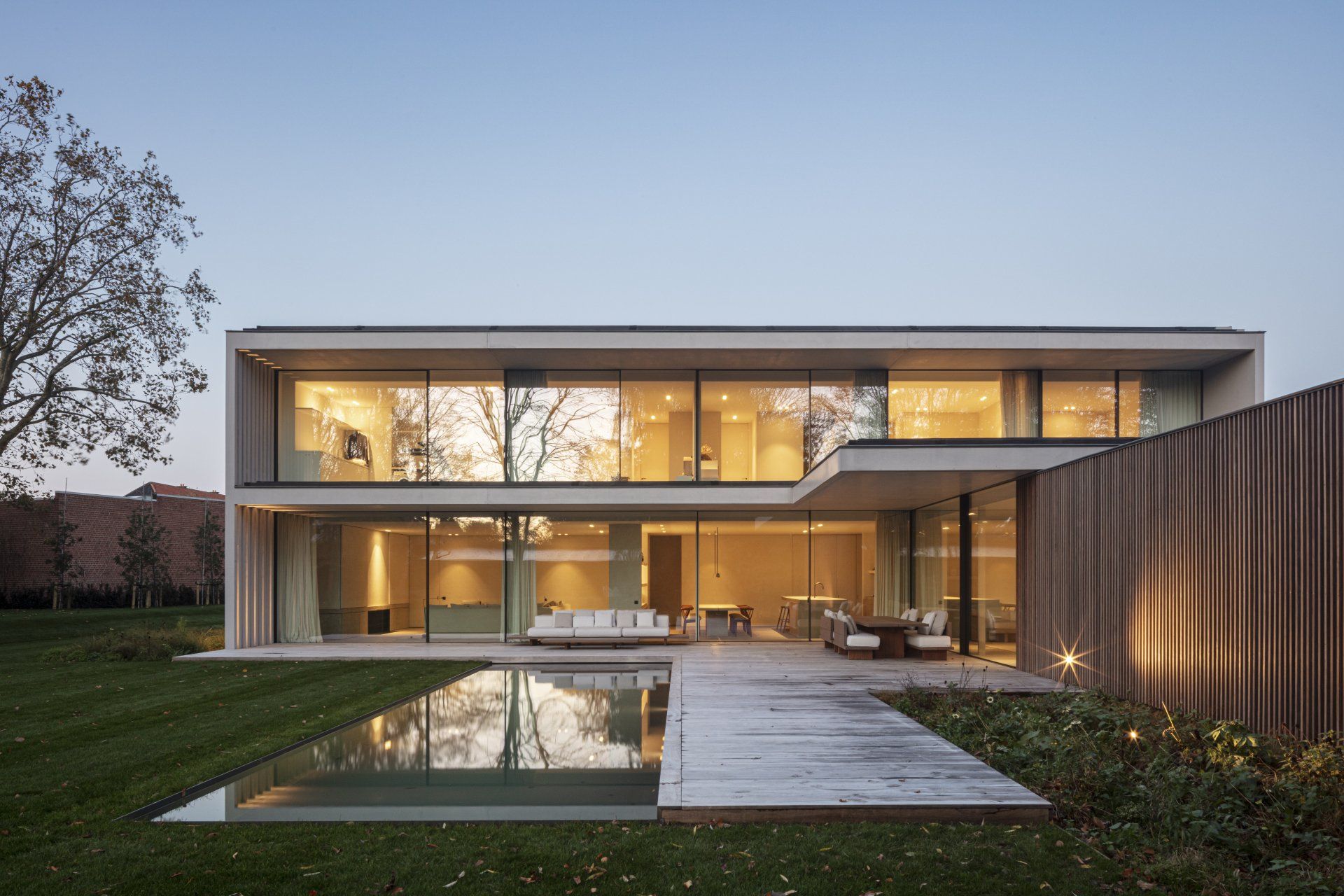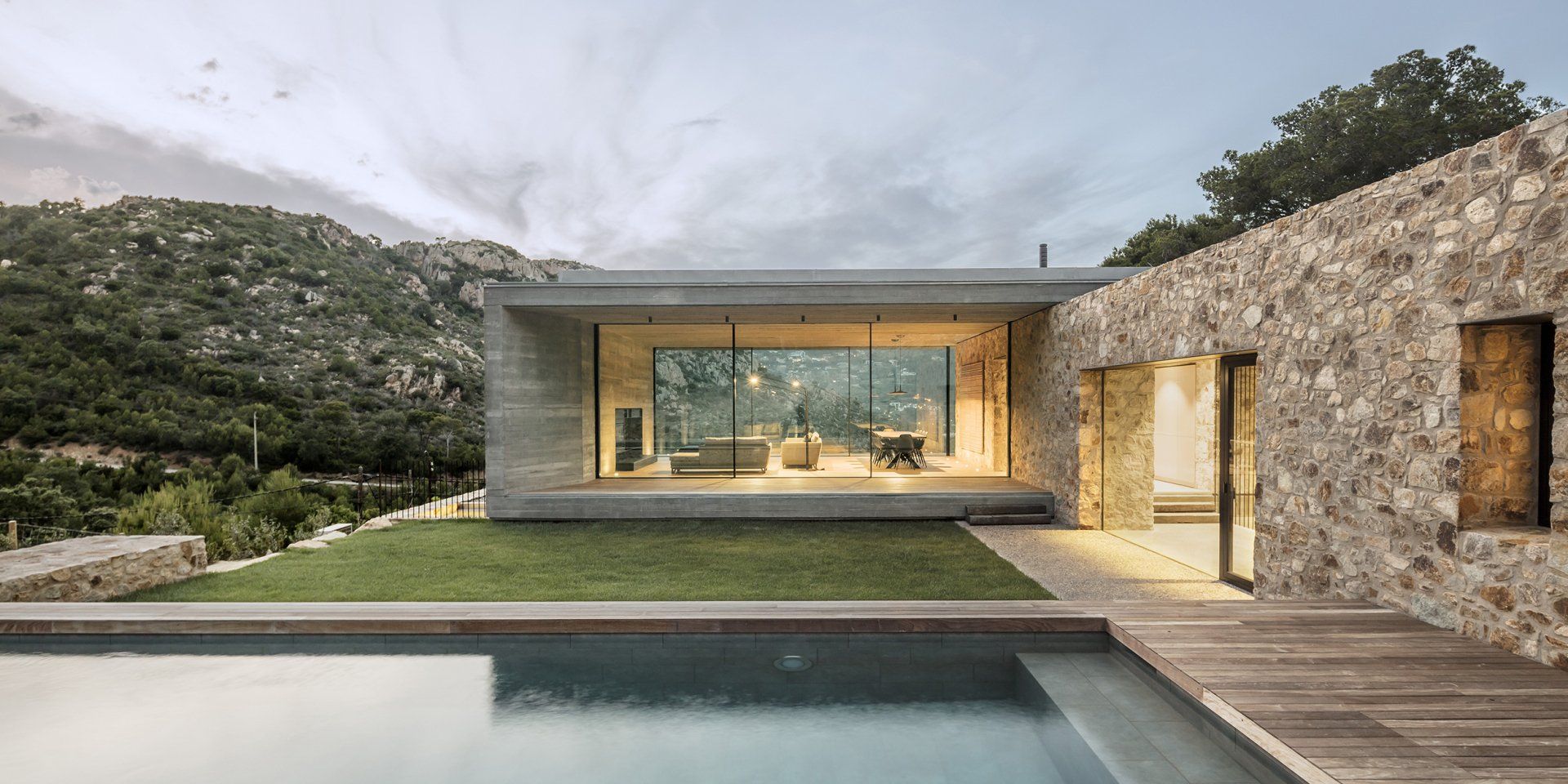5 main reasons why architects chose OTIIMA frame windows in their high-end projects
5 main reasons why architects chose OTIIMA frame windows in their high-end projects
OTIIMA has long experience in working closely with architects from the conception stage until delivery. This advantage has given the necessary tools to the brand to recognise in the first steps of a project the requirements needed for the project to exceed expectations.
OTIIMA believes that there is an opportunity in every new project to create something groundbreaking and unique, without losing utility and uniqueness. Whether it is a striking residential home, an unbelievable commercial building or a luxurious hospitality project, OTIIMA has been established to become a reference for internationally renowned architects.
Here are the main reasons why:
1- Quality as a habit
It's not just only because of the clean and elegant lines of OTIIMA frames, that allow the brand to create beautiful projects. The quality of materials in combination with the dedication of each smith crafting them, result in pieces that withstand corrosion and even the harshest environmental elements. As a speciality producer of aluminium window frames or doors and minimal frame systems, the brand has proven its mettle in this cut-throat industry.
2- Minimalist aesthetics
When you think of minimalism, what’s the image that comes to mind? What do you picture in your head?
Minimalism in OTIIMA is much more than a design concept, it is a lifestyle, and the best expression of sophistication. The ability to create effortless and seamless transitions between interior and exterior is astonishing in all OTIIMA projects, even in the most unbelievable settings. OTIIMA’s effort in creating minimalist frame systems is to listen carefully to all the perspectives involved, that of the architect, the final customer and of the landscape itself. The expansive glass walls, 20mm vertical reinforced profile, pivot doors or elegant handles have the responsibility to create connections between people, spaces and nature and timeless experiences.
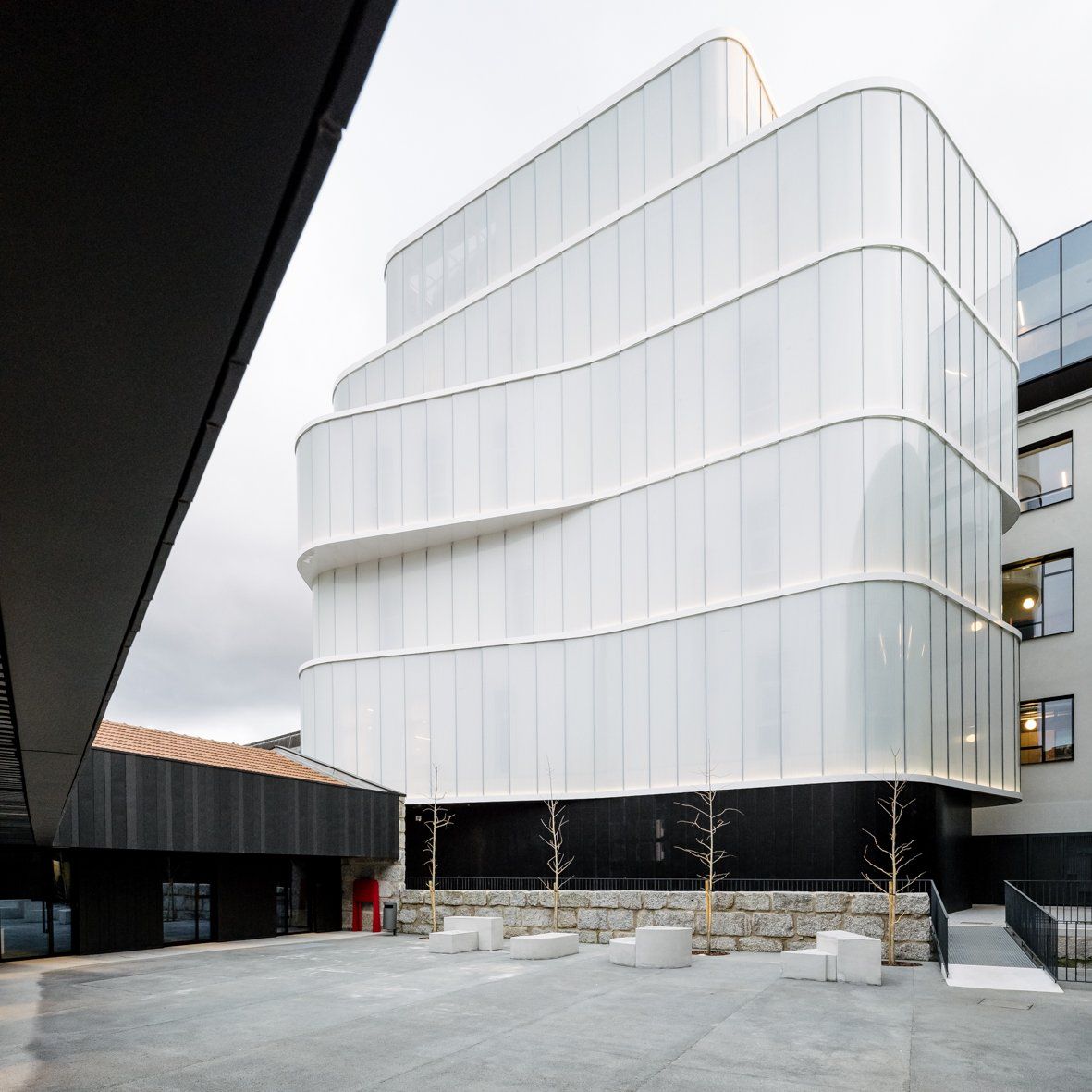
3- The unmeasurable value of innovation
OTIIMA’S features and systems have been awarded in different design competitions, recognizing their cutting-edge technology, safety and intelligence.
Worth mentioning the ¾ sight lines, automatically remote-controlled systems, and safe toughened glass for the security lock system. It manages to engineer motorization that improves the opening time of the large windows, in addition to producing a profile that allows the passage of vehicles. OTIIMA team of designers and engineers rejects preconceptions, giving space to innovation and creativity as they strive to test limits. Each project can become a unique opportunity to research, analyse and creatively respond to the context providing new solutions.
4- Authentically fearless
OTIIMA’s products are original, unexpected, rebellious and sophisticated and are always on the edge of being inconceivable and more than an architectural intervention.
The brand is committed to pushing the limits of technology and engineering. OTIIMA’s technology has made it possible to generate large windows, which can cover practically an entire façade. The solution to open sliders without great effort by incorporating motorized systems or by using self-supporting glasses, the OTIIMA system pushes back architectural limits offering the possibility to use glazed surfaces up to 36sq.m. Most windows on the market follow the same pattern, they are part of a system designed with limitations, while OTIIMA is the reference brand for out-of-the-ordinary projects.
5- Experience through continuous learning
Much more than a window or much more than a brand is the undeniable manifestation of the company’s culture and mindset. An environment that is nurtured not only by the aesthetics of architecture and design, metalworking and engineering but also deeply intertwined with art. OTIIMA finds inspiration in every client, in the past and present, in every culture and undoubtedly in every partner that is part of their international organic network.
A unique network that enables each one of the participants to provide unique features based on particular settings and conditions. This advantage is what grants a spectacular capacity to OTIIMA to customize or design bespoke solutions even for the most peculiar concerns: worth mentioning here the 54 is similar in appearance to our 38 Series options, but it is specifically designed for cold climates and wind loads. It is optimized for 54mm (2-1/8") triple-pane insulated glass. Another worthy mention is OTIIMA's Series38 Drain Hurricane-rated profiles can withstand wind loads up to 140 mph (wind pressure 120 PSF). With an Industry leading 12' height capability, multiple configuration options, and the Industry's only hidden sill track approved for use in Florida
What distinguishes mostly OTIIMA from other brands in the market is the passion to deliver and create beautiful living spaces while establishing its reputation for quality and unparallel service.
